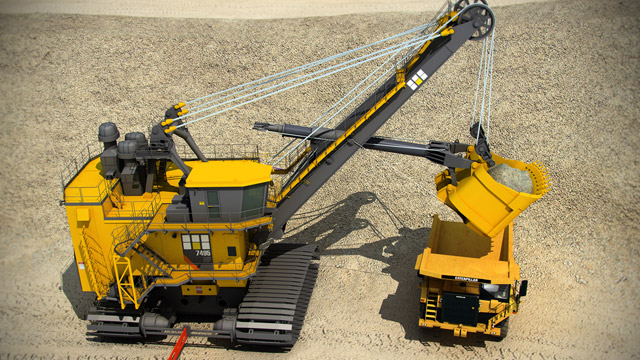Working Around Mining Equipment
Working around mobile and stationary equipment can expose miners and others on-site to a range of physical and environmental hazards. This course discusses pre-operational equipment checks, seat belt use, equipment blind spots, and communication methods. It also illustrates hazards of working around highwalls, piles, conveyors, and other mining equipment. Based on MSHA’s Title 30 CFR Part 46.5.b.4.









Demos + Pricing
Learn more about our courses, get pricing, and see our platform.
Course Details
Learning Objectives
• State why wearing seat belts is important • Describe ways to improve visibility • List common workplace communication methods • List the steps in a pre-operational check • Identify best practices for operating mobile equipment • Identify procedures for safely working around highwalls and piles • Identify best practices for refueling and parking mobile equipment • Identify best practices for working around stationary equipment • State the purpose of equipment guarding • State the purpose of an emergency stop cord • Identify best practices for avoiding ejected material hazards • Identify best practices for avoiding airborne dust hazards
Specs
Frequently Asked Questions
Why is wearing a seat belt important when operating mobile equipment at surface mines?
What are some ways to improve communication when working around mining equipment?
What are some of the dangers of working with equipment around highwalls?
What are some of the dangers of refueling mobile equipment?
What are some of the dangers of improperly parked or unsecured mobile equipment?
What are some of the dangers of working around stationary equipment?
What are some of the dangers of working around high amounts of dust?
Sample Video Transcript
Ensuring that you and others on site stay visible to mobile equipment can significantly reduce accidents on the job site. Blind spots, weather conditions, time of day, and large obstacles can all reduce visibility for equipment operators and pedestrians. Follow these best practices for improving visibility on or around mobile equipment. Wear high-visibility or high viz reflective safety vests. Keep windows clean and undamaged, wiper blades maintained, windshield defrosters operational, and mirrors properly adjusted. Add or enlarge mirrors to vehicles as needed. Mount stationary mirrors at areas of restricted visibility. Use headlights, fog lights, and additional vehicle lights when necessary. Use whip antenna flags or strobe lights to increase visibility on smaller vehicles. And use fixed or portable light plants at loading or dump points as needed.
Additional Resources
- US Department of Labor Mine Safety and Health Administration (MSHA) – www.msha.gov
- MSHA Resource Page – http://arlweb.msha.gov/SiteIndex/MNMSiteIndex.asp
- MSHA Equipment Hazard Alerts – http://arlweb.msha.gov/equiphaz.htm
- MSHA Fatalgrams and Fatal Alerts – http://arlweb.msha.gov/Alerts/lockout-fatals2005-2015.pdf













